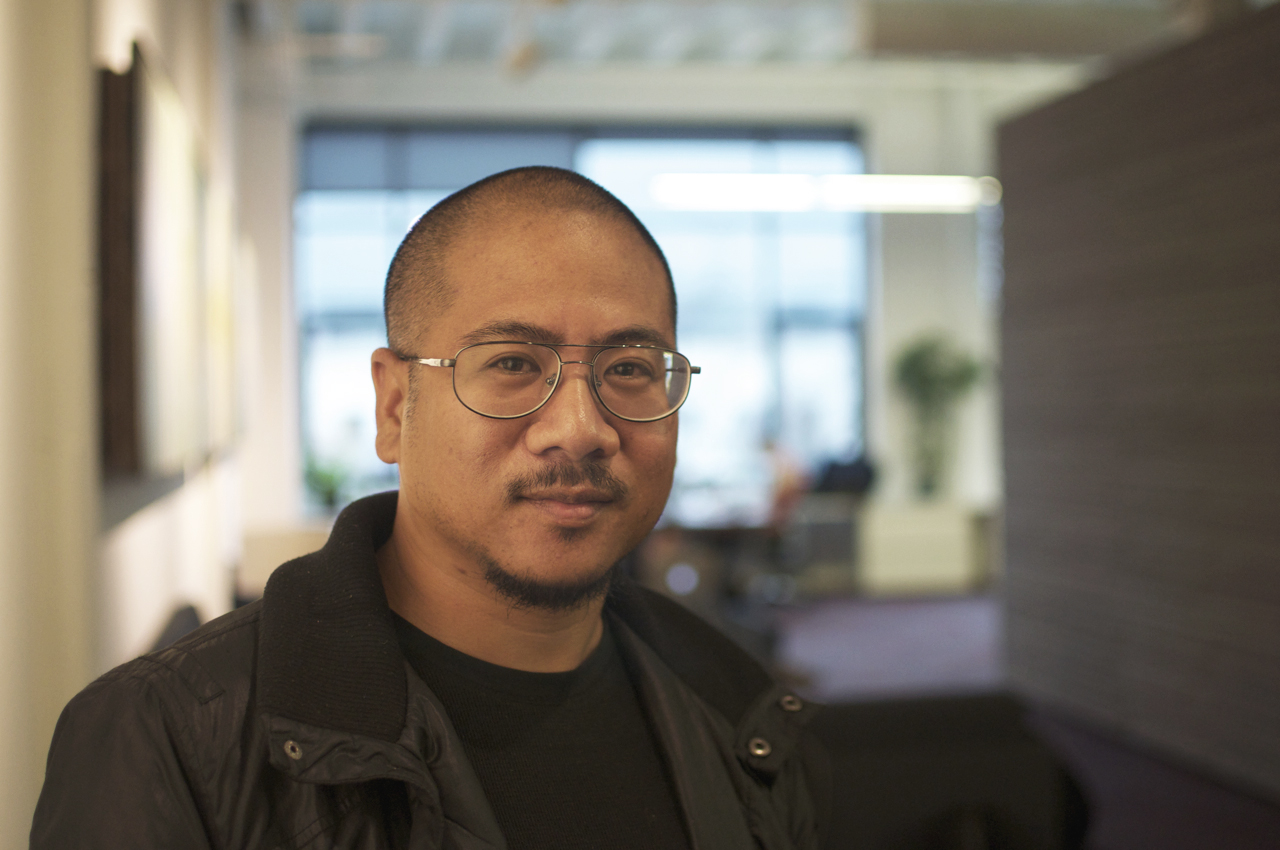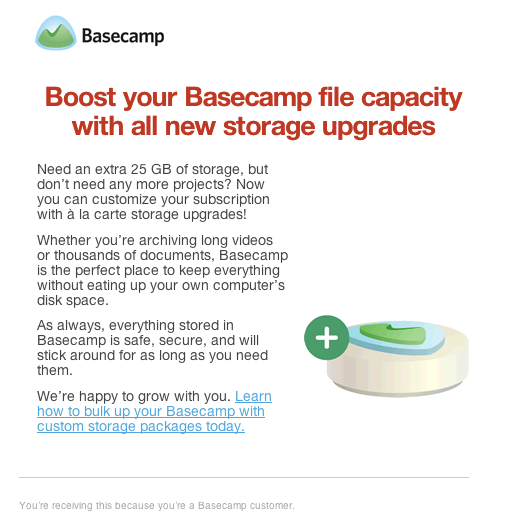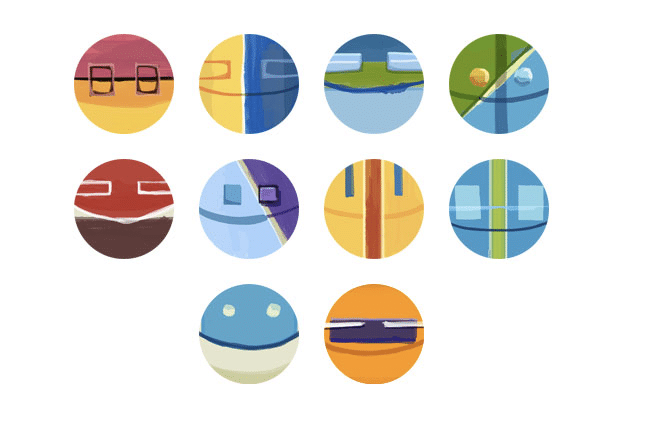*Updated January 23, 2019. This post originally appeared on January 22, 2014.*
What’s the formula for an effective email design? In this interview with Jamie from Basecamp, we uncovered his email campaign tips and some of the challenges he faces with this medium, as well as the pitfalls in becoming “too good” at any one discipline.
It doesn’t take much research into Basecamp to realize that they do quite a lot of things really well. From apps to help teams collaborate, to a book on remote work, their projects are not only varied, but incredibly impactful.
 Jamie Dihiansan at Basecamp. Photo: Pratik Naik
Jamie Dihiansan at Basecamp. Photo: Pratik Naik
One person in particular who embodies Basecamp’s ethos of doing many things and doing them well is their designer, Jamie Dihiansan. While we were keen to hear his take on email marketing, we also wanted to find out what it was like to work at one of our favorite companies.
Hi Jamie, you’re certainly the design all-rounder at Basecamp. Could you kindly tell us a bit about the tasks you do there?
Hi, Ros. The work I do at Basecamp is pretty diverse. One day I’ll be designing an email campaign and the next sketching a logo or an illustration. I also want to say that being a designer at Basecamp is a collaborative effort. I’ll often work with Shaun Hildner (our Audio Visual Specialist), Mig Reyes (Designer), Jason Fried (President/Designer), and Noah Lorang (Big Data) on our marketing efforts.
The most recent thing I worked on was our new remote job board, We Work Remotely. I did everything from the design and front end HTML/CSS. But the folks I just mentioned also helped me along the way.
For instance, a blog post Jamie wrote for the 37Signals blog details how he created these default logos for Basecamp:
So, as someone who likely doesn’t create and code emails full-time, do you find email jobs to be challenging?
The most challenging part of email design is not knowing exactly how it’ll show up for the customer. What looks good in Gmail might not look good in Outlook. I’ll often see other designers get around this by slicing a big Photoshop file into pieces. That might have worked in the early 2000s, but most email clients aren’t set up to download images right away. The message gets lost, and the campaign isn’t as successful.
Campaign Monitor’s templates are pretty awesome. You get the desktop version and the mobile version too. The best part about it is you know that it’ll look good on all the current email platforms. Thanks for making the challenging aspect of email design much easier!
Back to the responsive side of things, was there a particular motivation for adding media queries to your designs?
The biggest influence was the desire to increase open and click rates.
Basecamp doesn’t send out marketing email as much as other companies: The time between our campaigns can be as much as 3 months. I think it’s obvious that more people are using their mobile devices to check email, so we wanted to make sure our campaigns looked good on Android, iOS, and Windows Mobile.
In your opinion, what makes a successful email design?
1. Communicate clearly with a stellar subject line
A successful email design is one that communicates clearly. You have to explain why you’re taking up space in someone’s inbox. As I stated earlier, more people are checking email on mobile devices.
When I’m browsing Gmail I can simply swipe to archive or delete emails based on the subject line. If I’ve swiped your email away, I haven’t even seen your design! Creating a successful campaign starts with the subject line and we always A/B test ours in Campaign Monitor.
Creating a successful campaign starts with the subject line.
2. Don’t rely on images to convey your email’s most vital information
The next important piece of a successful email marketing campaign is making sure the design can be read without relying on images. Most email clients block auto downloading of images. If your headline and body copy is in that image, then it can’t be read. Make all necessary headlines and paragraphs text in HTML.
 A recent responsive email campaign for Basecamp
A recent responsive email campaign for Basecamp
Jason Fried gave me a good tip: If your message requires several paragraphs add a subhead before each paragraph so the email is easier to skim.
People are always looking at your email, wondering to themselves “How is this relevant to me?” It’s easier for them to read 3 bold sentences rather than 3 paragraphs. If those subheads speak to them, then they’ll read the paragraphs for more detail.
People are always looking at your email, wondering to themselves “How is this relevant to me?”
3. Feature a bold call to action
The final piece of advice is to feature a call to action of some kind. Our emails usually target existing customers, so our call to action isn’t usually “Buy this.”
Instead, most of the time we’ll have a button at the bottom for them to log into their account to try out a new feature.
Finally, a lot of designers would love to have the same variety of work in print, web, and email as you have. Is it possible to become “good at everything?”
When you’re trying to be successful through various channels, I think what’s most important is to understand the problem or what you’re trying to communicate.
Web, print, email, video, etc. are all just means to an end. If you understand the problem you’re trying to solve, you can see solutions beyond your expertise. Maybe the solution can be better addressed by video. Even though that’s not my expertise, I know I can work with Shaun on the solution.
Back to your question, I think it’s great for designers to hone their production skills. If you like print, be the best print designer. If you like email, make the best damn emails. The problem arises when you’re so good at your craft that you’re pigeon-holed as a production person for someone else’s ideas. That’s why I think designers should also develop the skill of understanding the problem and developing a concept.
It’s also good to understand what you’re not good at—video or motion graphics, etc.—and to work with others to develop that vision. The end result will be more rich and dimensional because of it.
Wrap up
Many thanks to Jamie and the Basecamp team for both contributing to this Q&A and being awesome, long-haul customers of ours. In the coming months, we’ll be catching up with more of our favorite designers, content creators and email hands, so stay tuned.





